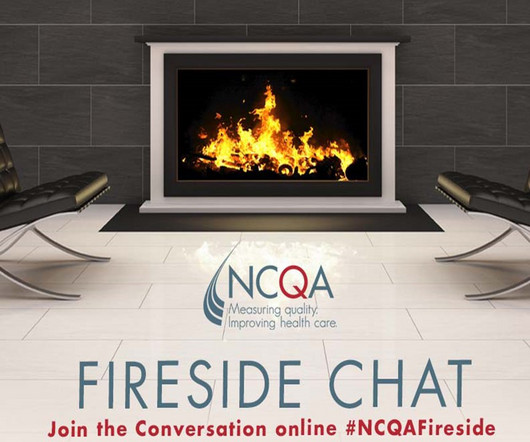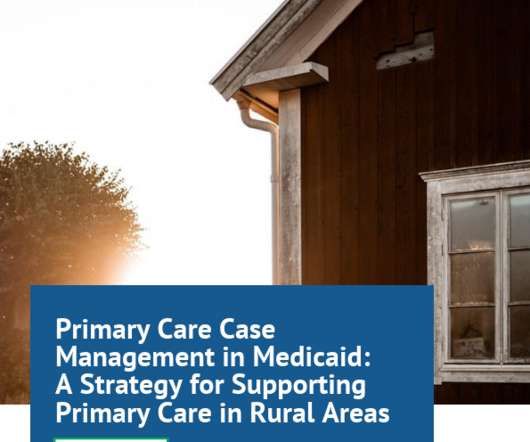CMMI Prioritizes Multi-Payer Alignment in New Models
NCQA
OCTOBER 31, 2023
The GUIDE model is the first of its kind to address health care costs and target reductions in federal spending on long-term nursing home placement. And then we’re also developing an approach for certification based on quality improvement and patient experience.”














Let's personalize your content